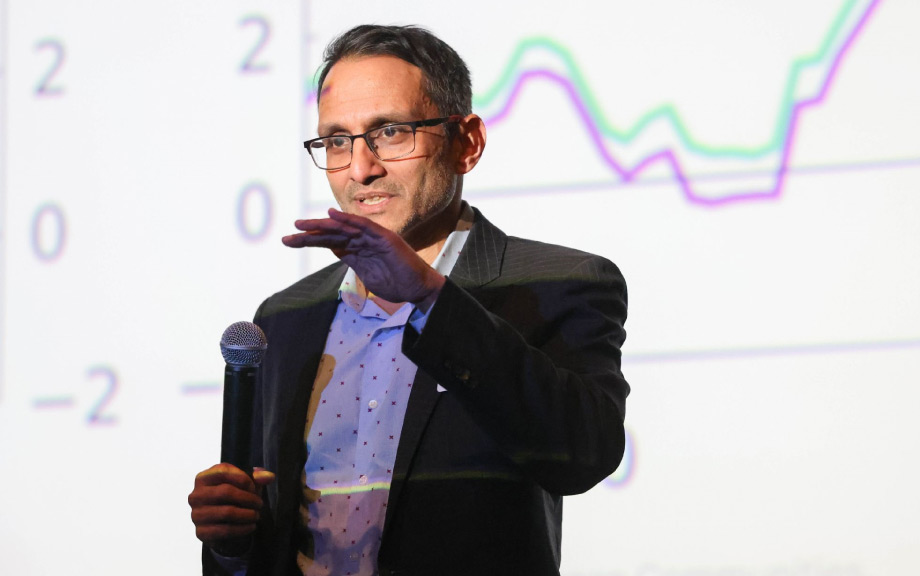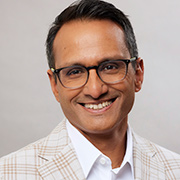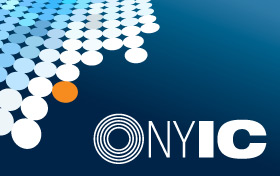
Data doesn’t always signal turning points in the economy. But sometimes conversations do.
That’s why I’ve made it a priority since joining the New York Fed as research director a year ago to engage with people in the Federal Reserve’s Second District, speaking with groups including a local economic development organization, college and graduate students, and the high school students in the Junior Economic Club of New York City.
I tailor my remarks for the audience, sharing career thoughts with younger audiences and my economic outlook with working professionals, business leaders, and college and graduate students.
I try to keep my presentations quick, because my favorite part of each engagement is hearing the audience’s questions. Lately—and unsurprisingly—those questions have focused on policy uncertainty, something we’re tracking closely.

I also enjoy getting to ask a few questions of my own.
When I talk to businesspeople, I’m interested in the ease or difficulty they have finding workers. Are they giving raises? Changing working conditions? What’s their near-term outlook, not just for their business, but for the businesses connected to theirs?
When I speak with workers, I want to learn about how they see economic conditions. How hard do they think it would be to find another job if they were to quit? Any recent changes to their pay? How does the overall economy appear to them and the people they know? How do they feel about their ability to cover sudden expenses?
By putting together the perspectives I hear, I’m able to see a more complete picture of the current economy and its near-term prospects. These conversations can be a mood check, giving a sense of what may come in future data. For instance, in recent conversations, I’m hearing a softening in hiring plans relative to a few months ago and greater concerns about the job market.

Later this month, I’m joining New York Fed President John Williams on a regional engagement in Puerto Rico. It will be my first trip to Puerto Rico. I hope to learn how local officials, business leaders, and workers perceive the Island’s economy, which is distinct from the rest of the Second District. I want to hear what their challenges are, and the potential they see for themselves and Puerto Rico.
Given the Federal Reserve’s dual mandate of maximum employment and price stability, it’s important for us to get as many signals as we can on how the economy is functioning. I’m grateful for these opportunities to travel the Second District and talk to the people who power our economy. These conversations help keep the Fed as plugged in as it can be and enrich my understanding as an advisor to our Bank’s policymaker, President Williams.

Kartik B. Athreya is director of research and head of the Research and Statistics Group of the Federal Reserve Bank of New York.
The views expressed in this article are those of the contributing authors and do not necessarily reflect the position of the New York Fed or the Federal Reserve System.










